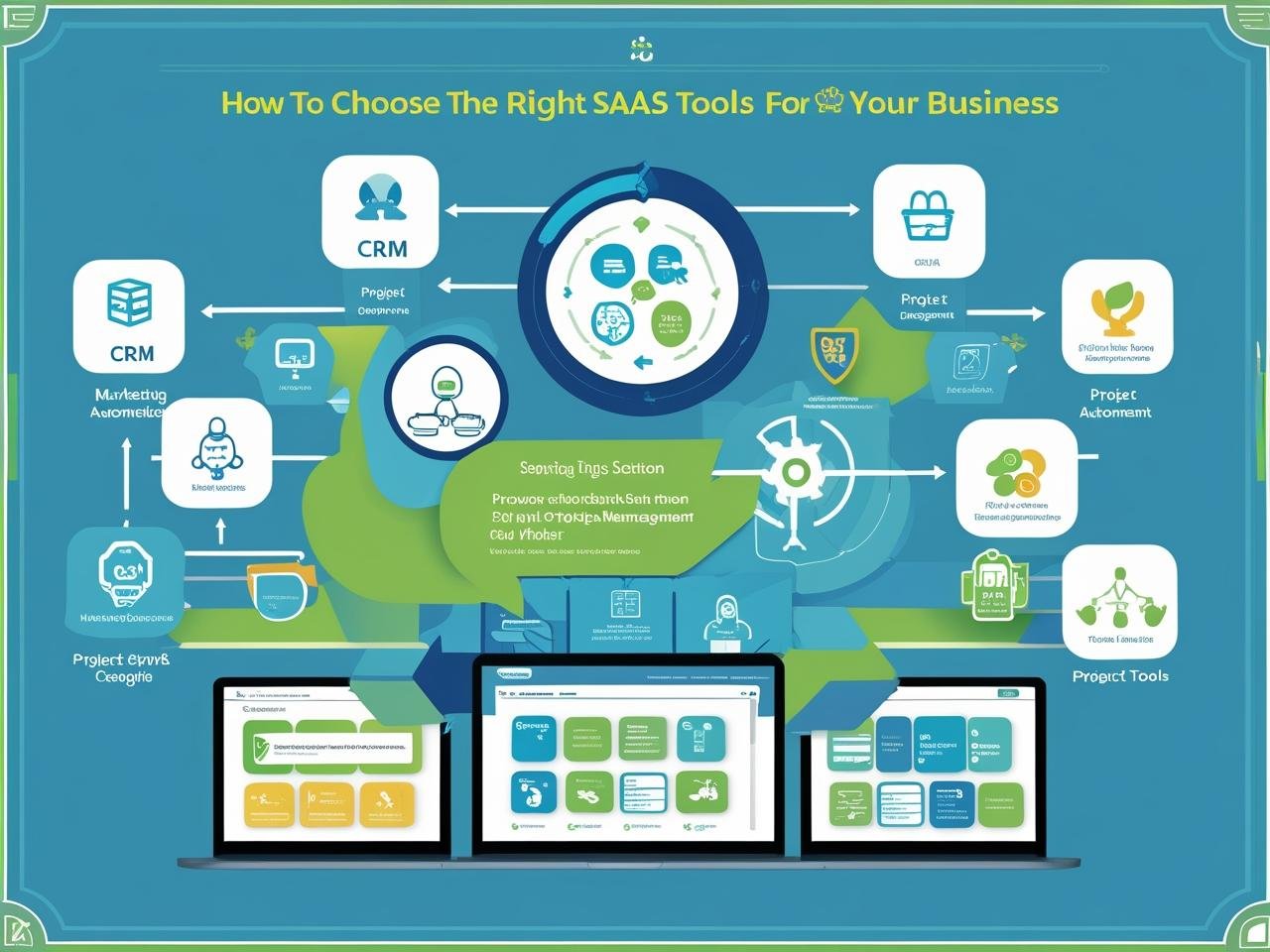Physical Address
1/1-3B, Siva Nagar, 100 Feet Road, Kovai Pudur, Coimbatore, Tamilnadu - 641042, India
Physical Address
1/1-3B, Siva Nagar, 100 Feet Road, Kovai Pudur, Coimbatore, Tamilnadu - 641042, India

Article: How to Choose the Right SaaS Tools for Your Business
Subtitle: A founder’s guide to picking software that scales with your startup.
In 2025, startups run on SaaS. From customer service to product analytics, there’s a tool for everything. But the real challenge? Choosing the right one — before you waste time, money, or team energy.
At Texcio, we’ve tested and implemented dozens of SaaS products for ourselves and clients. Here’s a practical guide to choosing the right SaaS tools that align with your goals, budget, and growth stage.
🚀 Step 1: Define the Problem — Not the Tool
Before you Google “Best CRM for startups,” ask: what exactly do we need?
Example:
When you define a specific use case, the right tool becomes obvious — and you avoid overpaying for bloated features you don’t need.
🧩 Step 2: Categorize Your Needs
Break your toolset into essential categories:
Now prioritize:
📈 Step 3: Evaluate Each Tool with the “5F” Framework
Use this to shortlist and compare:
Bonus: Check reviews on G2, Capterra, or Product Hunt. Join communities like Indie Hackers or SaaS founder groups for real feedback.
🛠 Example Comparison: CRM Tools for Startups
| Tool | Best For | Pricing | Notable Features |
|---|---|---|---|
| Brevo CRM | Email + CRM combo | Free, Paid | Sequences, forms, SMS |
| HubSpot | All-in-one CRM | Free, Scales | CRM, email, automation |
| Close.com | Sales teams & cold calls | Paid only | Calling, pipeline, AI help |
| Pipedrive | Visual pipelines | Free trial | Drag-and-drop sales flow |
💡 Tip: Start simple. You can always migrate or upgrade later.
🔄 Step 4: Try Before You Buy
Always test with:
Checklist during testing:
✅ Was setup smooth?
✅ Any deal-breakers in UX?
✅ Did it save time or create more work?
✅ Is support responsive?
🚧 Step 5: Avoid Common Mistakes
❌ Choosing based on hype or “cool” branding
❌ Buying enterprise tools too early
❌ Using too many disconnected tools
❌ Ignoring onboarding and adoption
Remember: a powerful tool unused is just expensive clutter.
🧠 Final Thoughts
The right SaaS stack is one that:
Pick tools that are lightweight, affordable, and scalable. Review your stack every quarter — and don’t hesitate to cut what’s not working.
Want a downloadable SaaS comparison template? Let me know and I’ll create one for your next founder sprint.
Ask ChatGPT